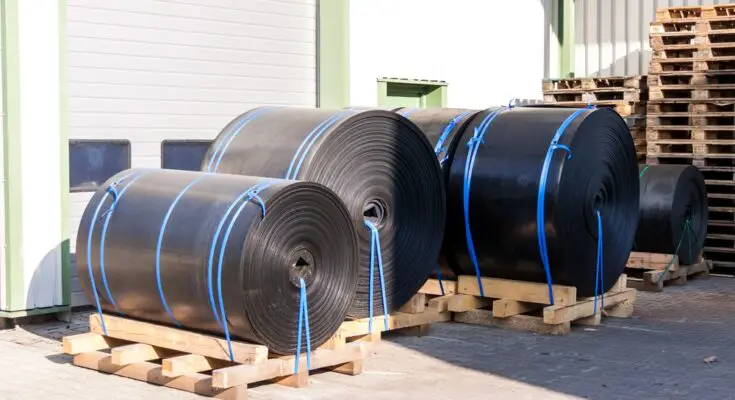Plastic sheeting is a versatile and essential material across countless industries, from construction and agriculture to packaging and protective covering. But to get the most out of your investment, how and where you store your plastic sheeting matters to prevent warping, brittleness, or contamination.
Here are some practical strategies to maximize the lifespan of your plastic sheeting.
Keep It Cool, Dry, and Out of the Sun
UV rays are plastic’s worst enemy. Prolonged exposure to sunlight can cause sheeting to become brittle or yellow and eventually break apart. Always store rolls in a shaded or indoor area with minimal UV exposure. If outdoor storage is unavoidable, cover the plastic with UV-resistant tarps, and ensure ventilation to reduce heat buildup.
Avoid Temperature Extremes
Plastic sheeting stored in high heat can stretch or deform, while freezing temperatures can make it stiff and prone to cracking. Keep your storage area within a moderate temperature range. Climate-controlled environments work best, especially for long-term storage.
Use Elevated and Flat Surfaces
Avoid laying plastic sheeting directly on concrete floors or uneven surfaces. Moisture from the ground can leach into the material and encourage mildew or mold growth. Instead, use wooden pallets, shelving, or beams to keep the rolls off the ground and supported evenly to prevent bending or warping.
Store in Original Packaging When Possible
The original packaging protects plastic sheeting during transport and storage. If the packaging gets destroyed, consider rewrapping the roll in heavy-duty plastic or placing it in a sealed container. That will limit dust, debris, and chemical exposure.
Prevent Cross-Contamination From Other Materials
When storing plastic sheets, remember to think about what else you’re storing nearby. Materials that release fumes, have high volatility, or require climate control can accelerate the degradation of plastics. This is particularly relevant in environments storing sensitive or regulated materials. For instance, updates to hazmat storage guidelines emphasize proper ventilation, spill containment, and segregation, all of which also help shield your plastic sheeting from unintended exposure or damage.
Rotate Stock to Prevent Aging
If you’re storing plastic sheeting in bulk, use the “first in, first out” (FIFO) method. This reduces the chance of older stock degrading before it’s used. Label rolls with their arrival dates, and keep track of usage so nothing sits too long.
Secure Rolls With Care
Fasten large rolls with ratchet straps, or store them in cradles to prevent them from moving. Just be sure not to overtighten, as compression can deform the edges or warp the roll over time. Adding wooden chocks or brackets on either side can stabilize rolls on racks or beams without direct pressure.
Your Next Steps
Plastic sheeting is built to last, but only if you treat it right. To maximize the lifespan of plastic sheeting, consider evaluating your current practices. Are you storing materials properly? Are you keeping them cool? With the right strategies, you can avoid premature wear, maintain product quality, and minimize waste.
Whether you’re storing a single roll of plastic in a workshop or managing a bulk supply in an industrial setting, a little planning goes a long way in preserving the integrity of your materials.



